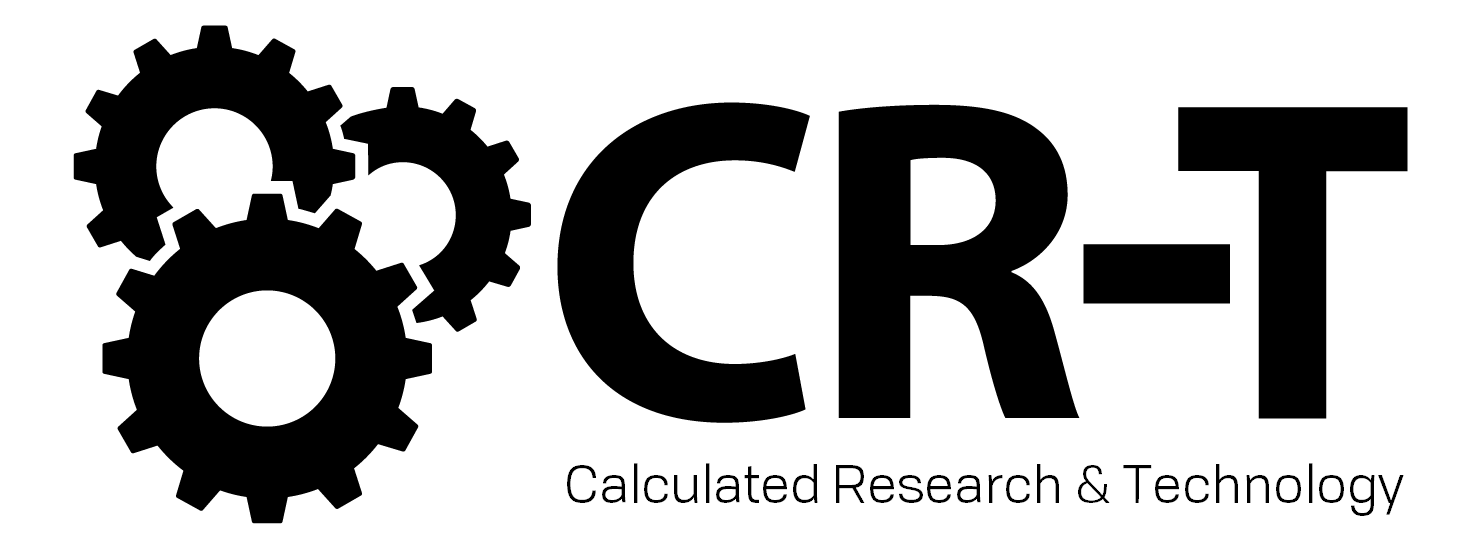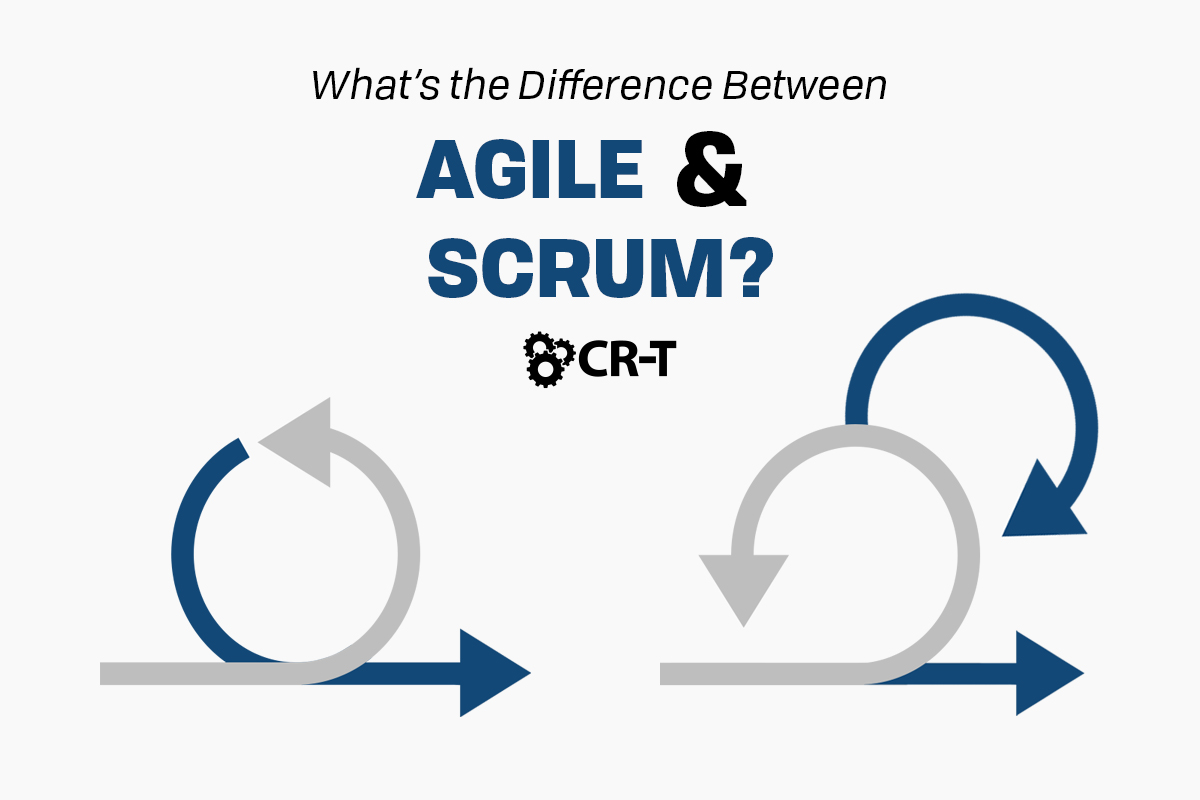If you’re new to the world of project management, the unfamiliar terminology and processes can feel daunting. For each project, there are dozens of methodologies available, each with its own pros and cons. Agile and Scrum are two of the most common methodologies, but their similarities can sometimes make it difficult to tell them apart.
Here’s a quick look at how Agile and Scrum relate to project management, how they’re different from one another, and how to choose the right approach for your project.
What is the Agile Philosophy?
Agile is a project philosophy that takes an incremental, iterative approach towards the completion of a project.
Instead of in-depth planning at the beginning of a project, agile methodologies are open to changing requirements over time and encourage regular feedback from end users.
In this methodology, development and testing are run concurrently, giving the project team regular feedback on how closely the product is aligning with customer needs and company goals. Agile also encourages teamwork, accountability, and face-to-face communication.
What is the Scrum Methodology?
Scrum is a subset of Agile and one of the most popular frameworks for implementing Agile. Whereas Agile is a philosophy, Scrum provides a specific methodology for managing a project.
The Scrum methodology is characterized by short phases or “sprints” when project work occurs.
During sprint planning, the project team identifies a small scope of the project to be completed during the upcoming sprint.
At the end of the sprint, this work should be ready to be delivered to the client. Additionally, each sprint ends with a retrospective, where team members reflect on past successes and failures.
This cycle is repeated until the project is complete.
The Difference Between Agile and Scrum
- Scrum is broken down into shorter sprints and smaller deliverables, while Agile results in a single delivery made at the end of the project.
- Agile involves members from various cross-functional teams, while Scrum includes team members with specific roles, such as the scrum master and product owner.
- With Agile, the product is reviewed and updated on a regular basis, whereas Scrum focuses on one activity at a time, moving on to the next step as each sprint is completed.
Choosing the Right Project Methodology
Once you have a clear understanding of what Agile and Scrum are, you can begin to think about how to apply these approaches to your own business.
Your first question should be whether an Agile approach is right for a particular project. Then, you can move to deciding which Agile methodology to use. The answer could be Scrum, or it might be one of the other various Agile methodologies available.
To decide whether Agile is right for your project, consider the specific requirements and constraints involved. An Agile approach might not be the most effective for a project with a very narrow scope and strict development requirements.
However, the guiding principles of the Agile philosophy can be used to navigate many different types of projects.
If you decide that an Agile approach is right for your project, you’ll then need to determine whether Scrum is the best Agile methodology for your specific needs and goals.
Scrum is best suited to projects that don’t have clear requirements or that are likely to experience frequent change and testing.
Ultimately, the key to a successful project isn’t just about choosing the right methodology, but about executing that methodology in a skillful manner. Effective communication, teamwork, and problem solving are all critical components of a successful project.
Final Thoughts
There’s no single methodology that works perfectly for every project.
But understanding the differences between various methodologies can help you choose the right approach for your project.
Are you looking for a team of experts to support you in your next project? Schedule a free consultation to learn how we can help you complete your dream IT project.
Blog & Media
Cloud Services
Managed IT Support
Cyber Security
Project Services
Servers/Infrastructure
Firewalls
Networking
Hardware/Software
Microsoft Products/Cloud
Amazon Web Services
Penetration Testing vs Vulnerability Scanning
If you’re responsible for managing the security of your organization’s network or systems, you may have heard the terms “penetration testing” and “vulnerability testing” thrown
Backup and Disaster Recovery
Your organization can’t afford to neglect backup and disaster recovery. If it takes your business too long to get back online after a disaster, you
6 Steps to Secure Customer Data
Securing customer data is essential for one major reason: your business depends on it. As an IT director, you recognize the importance of cybersecurity when
5 Steps to Promote Compliance in the Workplace
You’re familiar with the ever-changing world of regulatory compliance. Robust compliance enables you to avoid legal liabilities while improving your organization’s effectiveness. And many of






